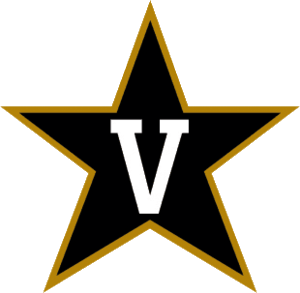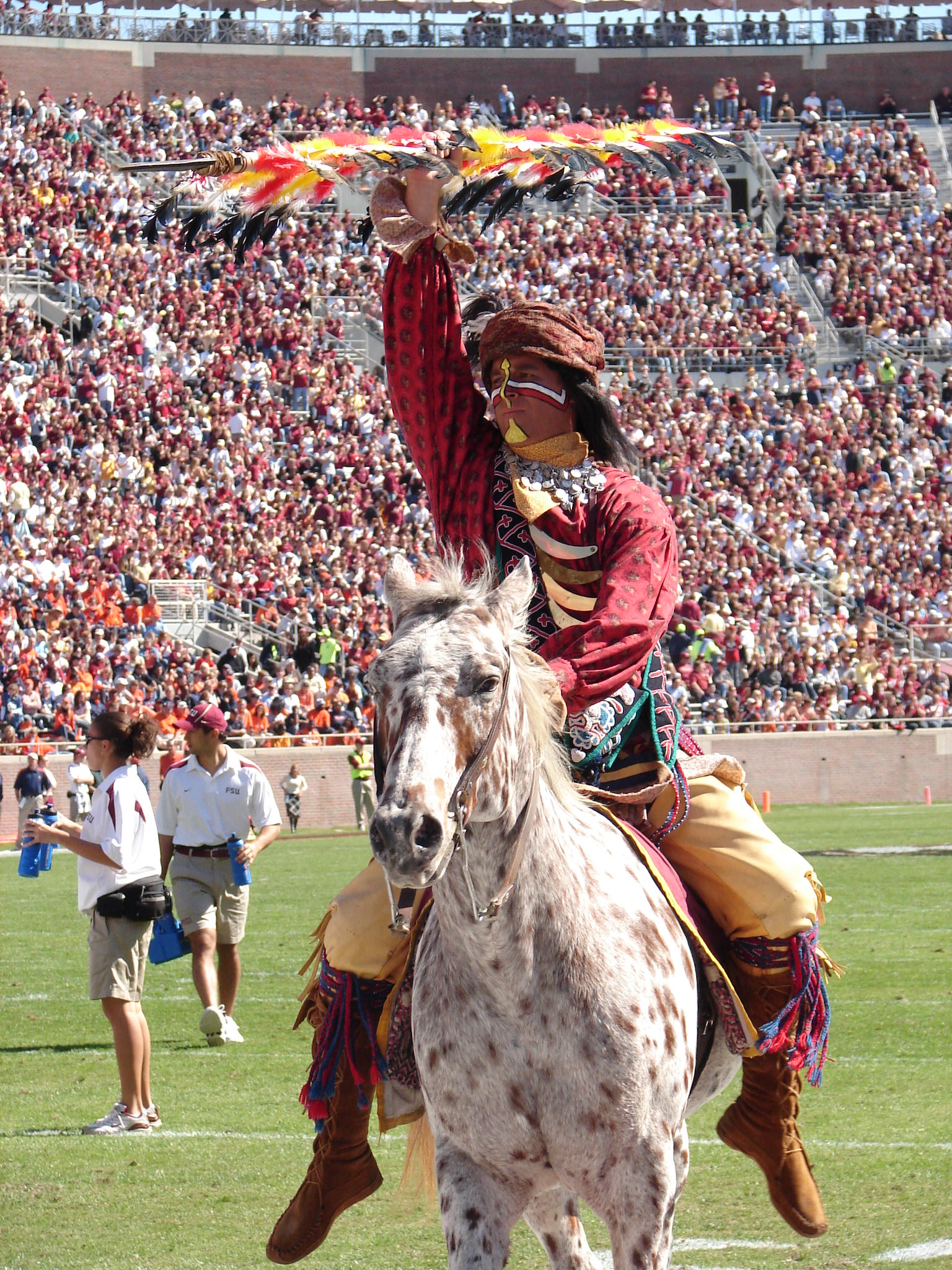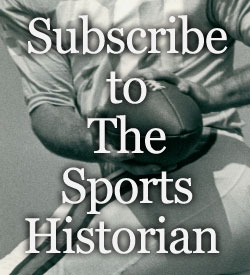The 2016 Atlanta Braves are off to a 0-8 start as of April 14 and the projection for the rest of the season does not look promising. Offensively, the Braves have averaged 2.75 runs per game, second worst in the National League behind the Mets’ 2.50; their team batting average is a paltry .199, again second worst behind the Mets’ .194; and team has managed to send three balls out of the ball park, which ties them for second worst with Pittsburgh and ahead of the Mets’ by one. I know what you are thinking at this point, “Well, Pittsburgh and the Mets were playoff teams last year and the Mets went to the World Series.” True. However, I believe Pittsburgh and the Mets will improve their offensive numbers. As for the Braves…here are some more statistics. The team Earned Run Average is 5.79, second worst behind Colorado’s 7.61. The Braves have zero saves, tied with Cincinnati for last. However, Cincinnati is 5-3. So, I believe we can say that the 2016 Braves can’t hit, score runs or pitch. Of course, these statistics could improve as the season progresses, but don’t hold your breath. Rarely does a team lose less than 54 games, but these Braves just may accomplish that ignominious feat. Also, the bells may be tolling for manager Fredi Gonzalez.
The 2016 version of the Braves compares very nicely with the 1988 team. That squad started the season 0-10 and finished in last place in the National League West 39.5 games behind first place Los Angeles and 27 games behind next to last Houston. These Braves could not hit, score runs or pitch either. The 1988 team finished last in the National League in ERA and Saves. It finished last in runs per games, next to last in batting average, and tied for third to last in home runs hit. Oh, and these Braves finished with a 54-106 record. About 40 games into the season, general manager Bobby Cox fired manager Chuck Tanner and replaced him with Russ Nixon, whom Cox replaced as manager in June 1990.
These two Braves teams may have some very positive similarities, though. The 1988 team witnessed two future Hall of Famers take the mound: Tom Glavine and John Smoltz. Glavine compiled a 7-17 record in his first full season with the Braves, while Smoltz debuted in July. Young infielders Jeff Blauser and Mark Lemke made the team but did not play much. These four young Braves would form the nucleus of the 1990s dynasty teams along with 1988 first round pick Steve Avery.
For the 2016 Braves, young pitcher Matt Wisler will be throwing in his first full season, while young prospects Tyrell Jenkins and Mike Foltynewicz are ready at any time to be called up from the minor leagues. Middle infielders Dansby Swanson and Ozzie Albies, while probably a season away, could make it to the big leagues before season’s end. These young players may form the core of what Braves officials hope will be a second dynasty.
The 1988 and 2016 Atlanta Braves have many similarities. Certainly, the 1988 squad had young players that would form the foundation of the 1990s World Series teams, but it took three more years before playoffs and World Series would be the norm. Assuming that the 2016 team sees more of the organization’s young talent grabbing spots on the major league roster, maybe we can point to 2019 as the beginning of the second Braves dynasty. Therein lies the hope for Atlanta Braves fans. As for the 2016 team: 0-8 and counting! Oh, brother!











